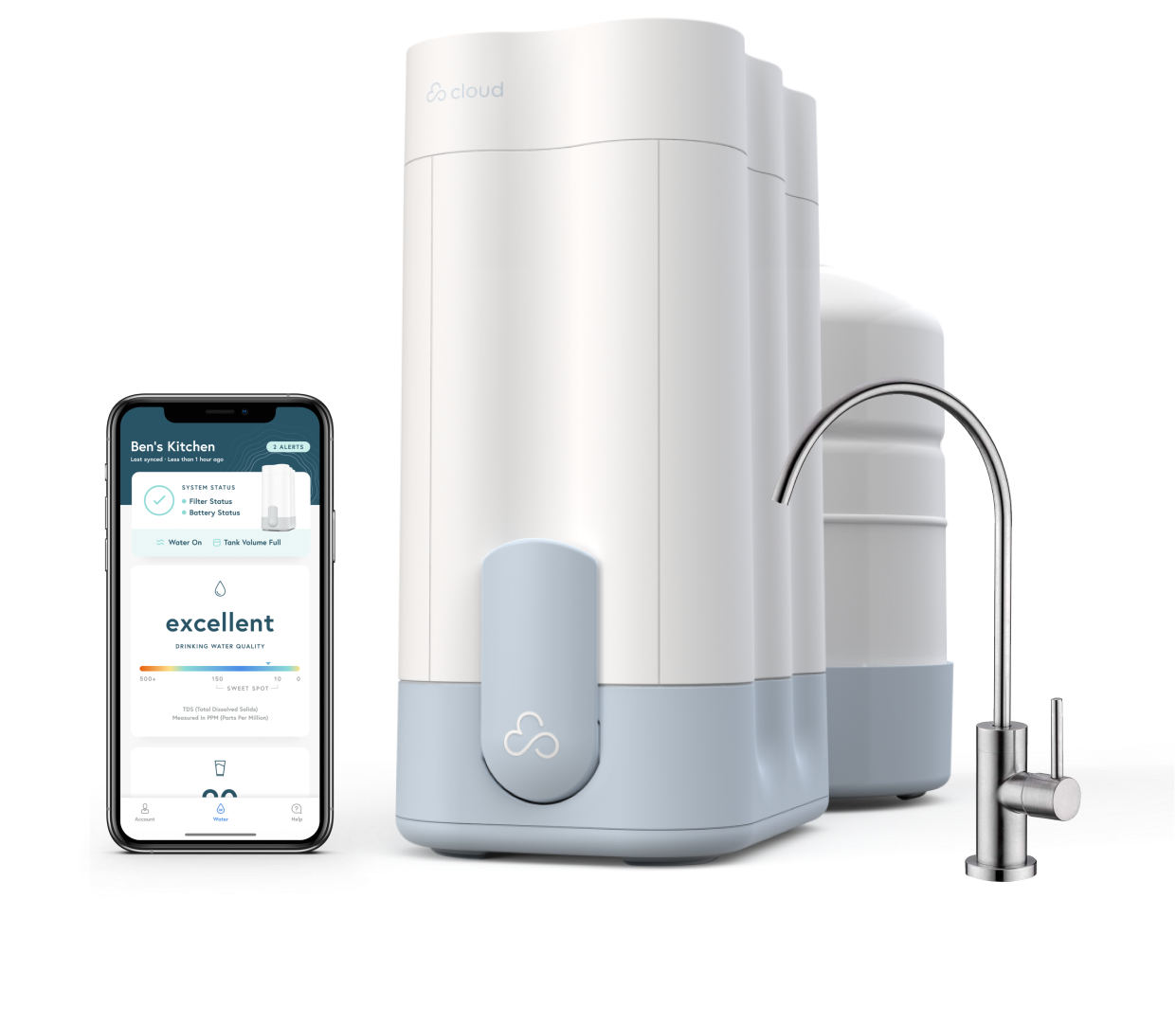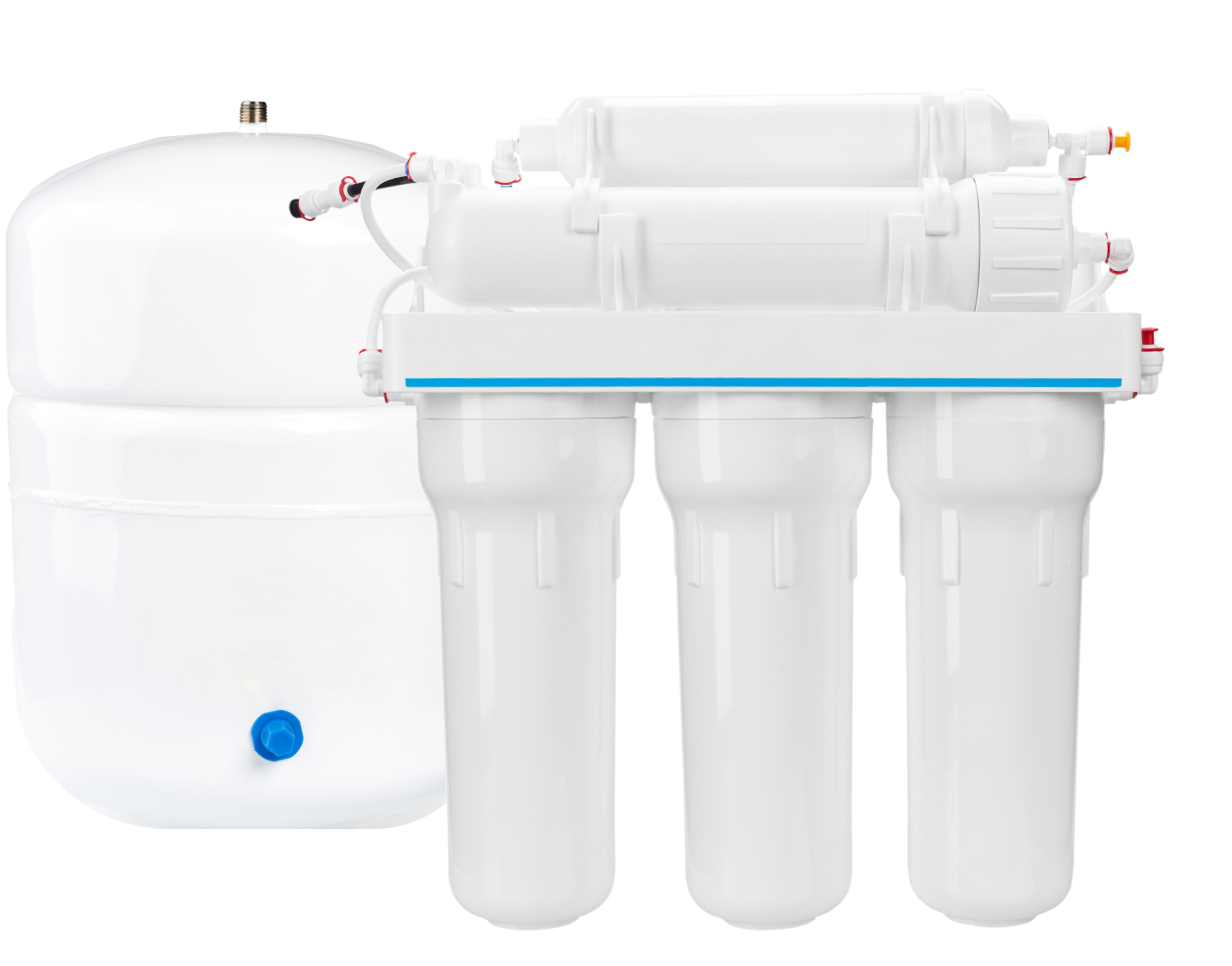There is a long list of NSF certifications that cover water filtration. Typically the certifications are aligned to a specific technology, for example, NSF 58, which Cloud recently received is specifically targeted towards reverse osmosis systems. There are four main certifications when talking about Point of Use water filtration, meaning a system that filters water at the point you are drinking it. Those certifications include NSF 42, 53, 58 and 401.
To quickly summarize those four:
NSF 42: Focuses on the water's aesthetic effect, how it tastes and smells. Chlorine is the primary driver behind any taste or odor issues, and therefore this certification is specifically targeted towards how well a system can remove chlorine.
NSF 53: This certification is more in depth than the 42 cert. It takes a step further and covers off on all contaminants that the EPA cites as being potentially harmful. In order to pass this standard the filter needs to reduce contaminants to a level deemed “legal” by the EPA
NSF 58: This is the certification obtained by Cloud. This cert specifically focuses on reverse osmosis systems. Reverse osmosis systems typically contain several stages of filtration with an RO membrane being one of them. Unlike the above-referenced certifications, NSF 58 looks at the reduction rate of Total Dissolved Solids (TDS). TDS represents the smallest particles that could be hiding in your water. We will explain more about NSF 58 certification below.
NSF 401: This certification specifically targets contaminants that are not regulated by the EPA. Chemicals and pharmaceuticals that are new or emerging and don’t yet have any regulations fall in this category. It can be a bit confusing because compounds like PFAS actually have moved over to NSF 53 because regulations are now being enforced. This certification is less overarching than the others and is typically added on to NSF 42/53/58 for specific use case
So, why did we choose NSF 58? Well, the answer is twofold, 1) because Cloud RO is a reverse osmosis system and 58 is specifically for RO systems, and 2) because NSF 58 is the best :)
When we say it is the best we are only partially kidding. Reverse osmosis is an extremely powerful technology that removes everything from your water including dissolved particles like salts, minerals, heavy metals, and PFAS. The NSF 58 certification is far more stringent than NSF 42 and 53. Putting a reverse osmosis system up to the 42 or 53 standards would be laughable, as it would blow the requirements out of the water. NSF has made an attempt to be more clear about this in their product literature, stating clearly that NSF 42 and 53 are designed for carbon based systems. The exact wording from NSF is as follows:
“Both standards 42 and 53 cover adsorption/filtration which is a process that occurs when liquid, gas or dissolved/suspended matter adheres to the surface of, or in the pores of, an adsorbent media. Carbon filters are an example of this type of product.”
To state it clearly, NSF 58 is a different certification specifically for RO systems. It has more stringent standards than 42 or 53, and we wanted to start with the most difficult certification out there.


